According to the story passed down from generation to generation, Ngai cave was the first residence of the Van Kieu people in Quang Tri . Since the time when there were no houses, Ngai (the first man, the leader of the Van Kieu people in Quang Tri) lived in this cave. Mr. Ho Mung, the village elder, a prestigious person among the ethnic minorities in Khe Ngai village, said: "For a long time, I only heard my ancestors tell me that the first person to establish the village, the leader of the Van Kieu people lived in Ngai cave, then had children and grandchildren, from a few people it developed into hundreds, thousands of people living everywhere in the Truong Son mountains and forests".
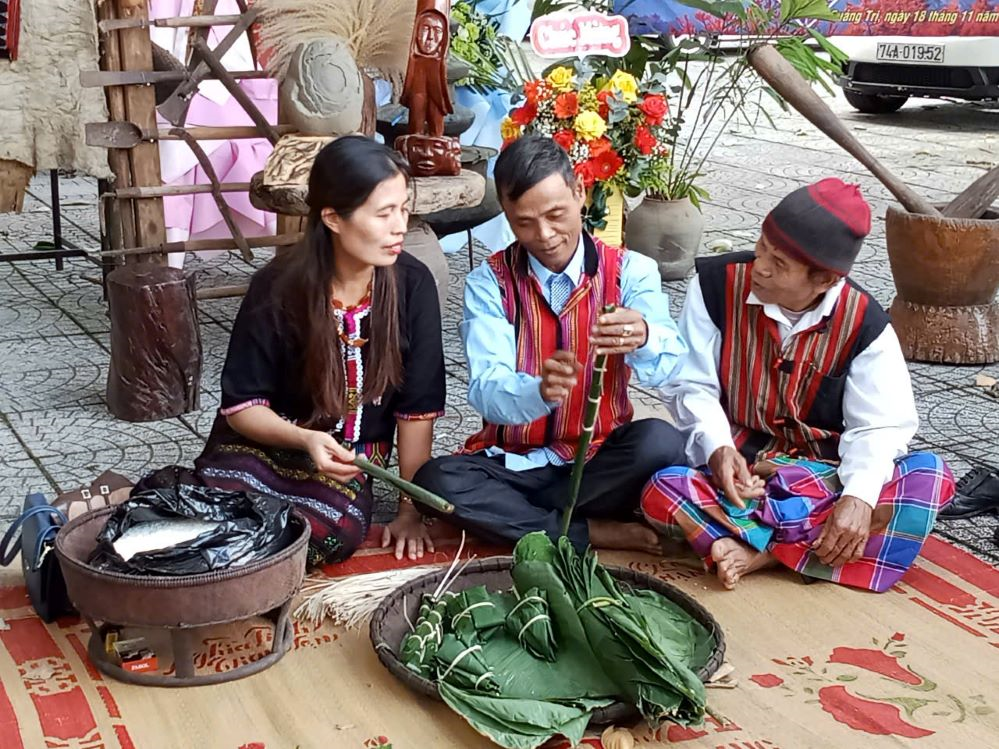 |
On holidays and Tet, people in Khe Ngai village often wrap sticky rice cakes - a traditional cake of the Van Kieu people. |
Ngai Cave is located in Ngai Mountain, on the Dakrong River, surrounded by low mountainous terrain. Therefore, no matter where you stand within a radius of 7-10km, you can still see Ngai Mountain - the wild and "inviolable" rocky mountain. Next to it is Ngai Stream, a small stream that the Van Kieu people named their village after. Village elder Ho Mung proudly said: "Since ancient times, Ngai has recognized that this is a very good place to live for his people. At first, there was only one group of people, then many different clans gathered here to live together. The clans are named after trees, animals, and mountains - the place where their life began, such as: Xom, Mu Blang, Vil Clung, Bang Xarieng...
Khe Ngai is the most prosperous village of ethnic minorities in Quang Tri. The terrain here is mainly low hills, fertile fields, and fertile land. It has such an advantage because Khe Ngai is naturally endowed with a stream surrounding Ngai Cave on three sides: East, West, and South, flowing into the right bank of the Dakrong River upstream. The Dakrong River is parallel to Highway 9, so Khe Ngai village is located on both sides of this highway, making trade between Vietnam and countries in the region such as Laos, Thailand, Myanmar, etc. very convenient.
Mr. Vo Dep, 62 years old, a Van Kieu, who has lived in Khe Ngai village since 1979, shared with us that, knowing that Khe Ngai has a large land area and a sparse population, his family migrated here in 1979 and was taken care of and protected by the Van Kieu people in Khe Ngai village, who gave them land to build a house and fields to grow crops. During the years of fighting against American imperialism, the people of Khe Ngai village had to leave their beloved village and temporarily take refuge in the deep forest with the army to fight against the invaders. When peace came , the people of Khe Ngai returned to the land they had chosen for their ancestors, continuing to live and work until today.
On the other side of the Dakrong River, Khe Ngai village is peaceful with nearly 200 houses and a population of about 1,000 people. The fertile land is an advantage for growing food crops, especially rice, helping the Van Kieu people here to proactively provide food all year round.
Famous for its sacredness, Ngai Mountain is where the Van Kieu people “return to their roots” every year during traditional festivals and New Year. Mr. Ho Phuong, former Deputy Director of the Dakrong District Cultural Center, shared: In the past, every spring, Van Kieu people from all over Quang Tri gathered at Khe Ngai Mountain to perform ancestor worship ceremonies to express their gratitude to the founders of the village, their roots, and at the same time pray for the village and the Van Kieu people to have food and clothing, a good harvest, and for the people to be warm and well-off. Nowadays, this custom has somewhat faded away, so if it is maintained and invested in to serve tourism development, it would be very meaningful.
Article and photos: HOANG HAI LAM


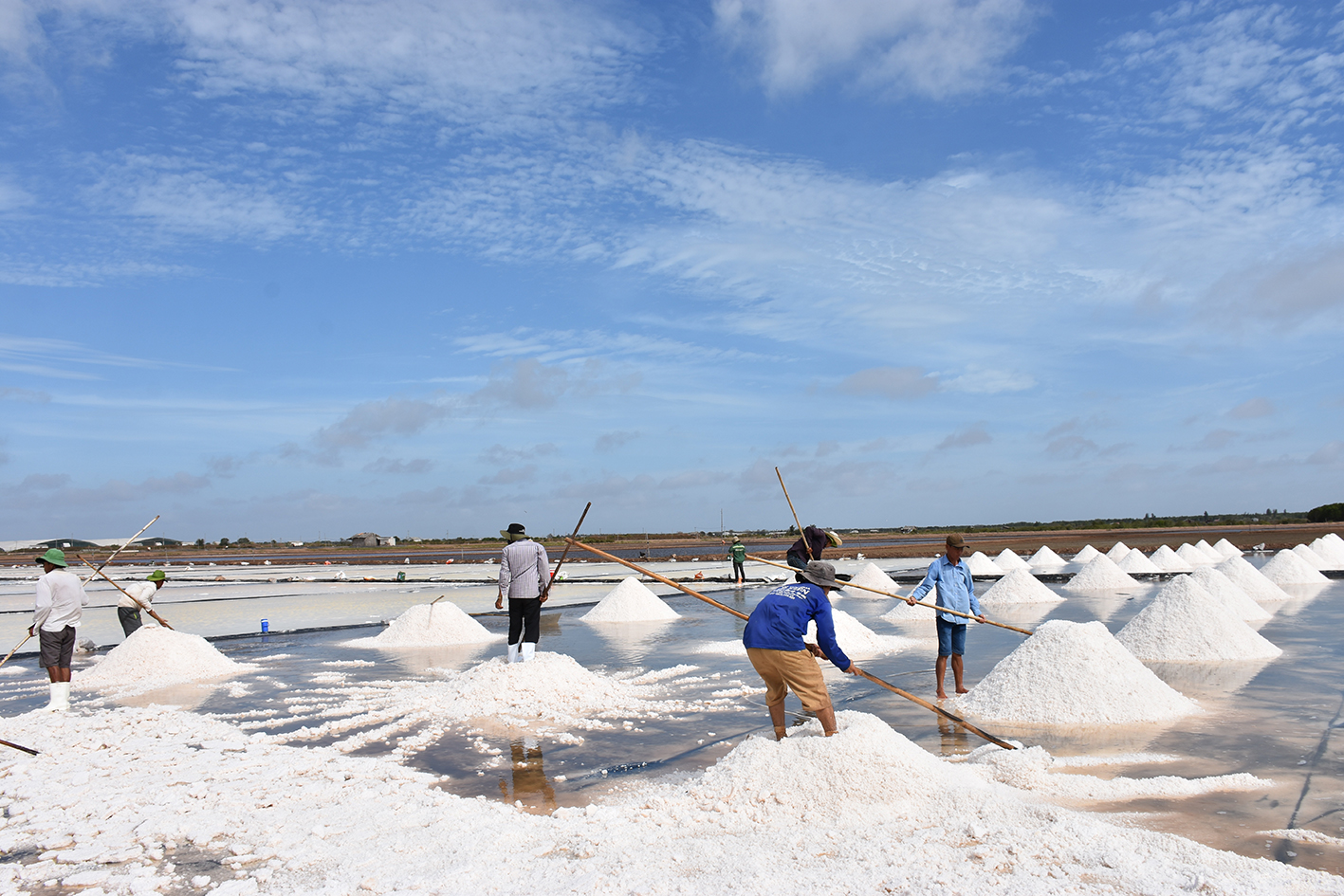
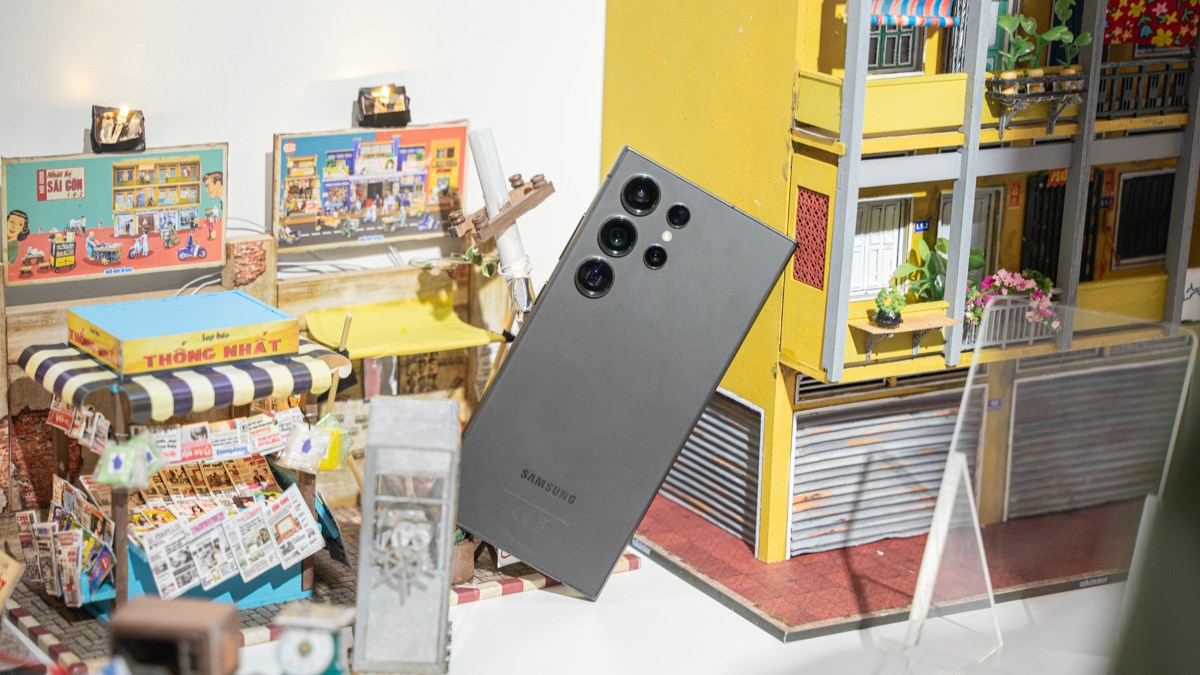

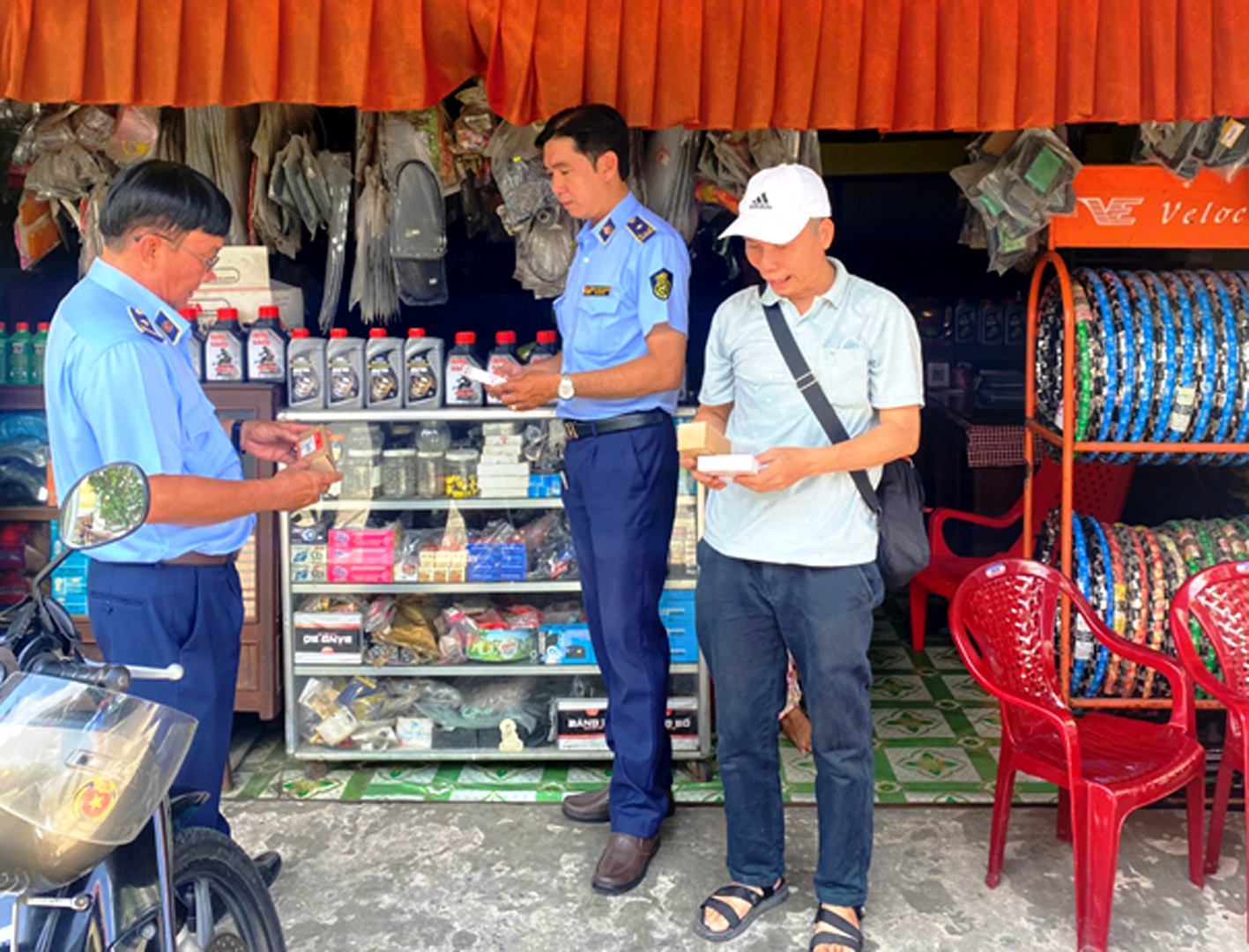

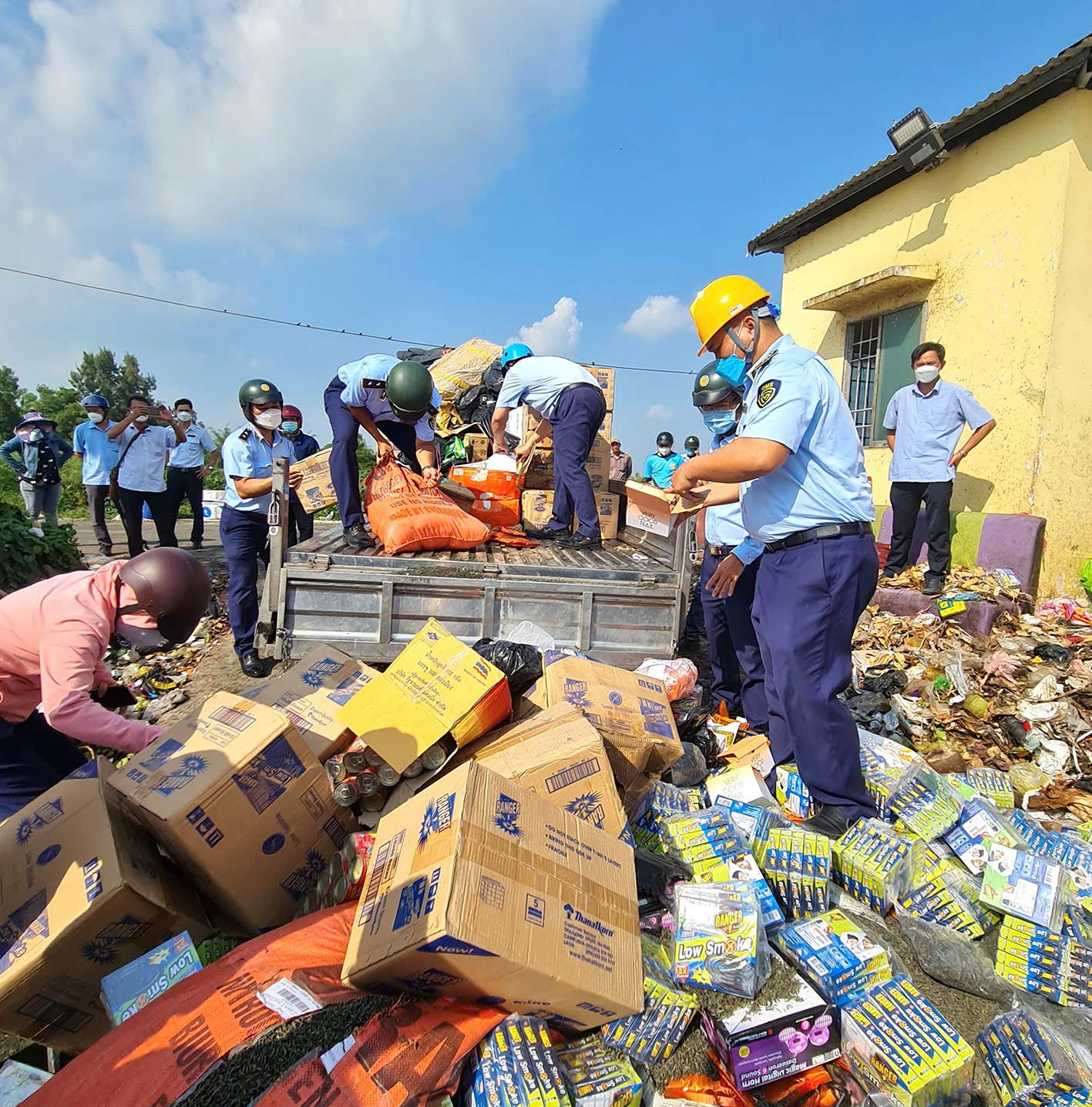
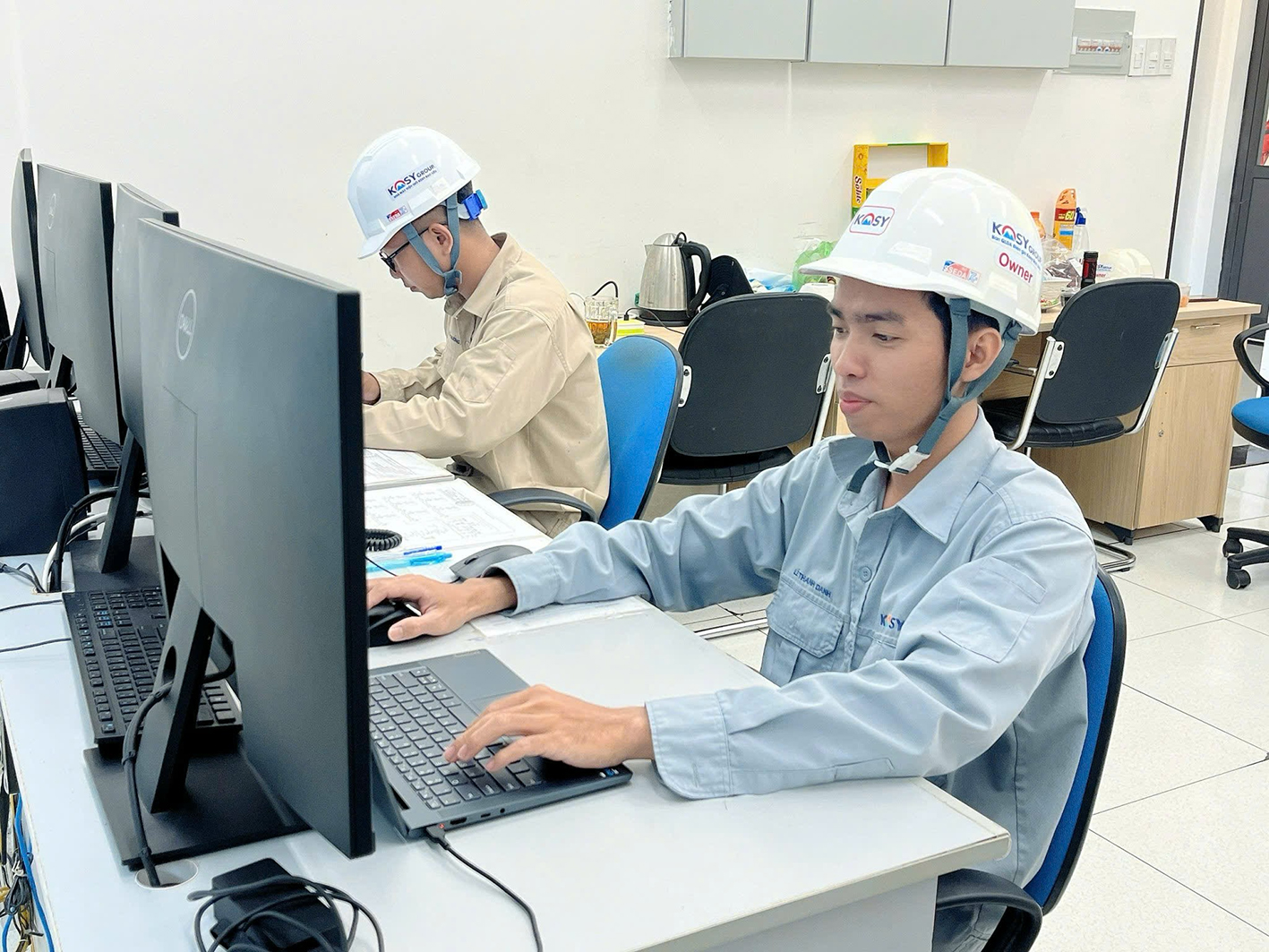
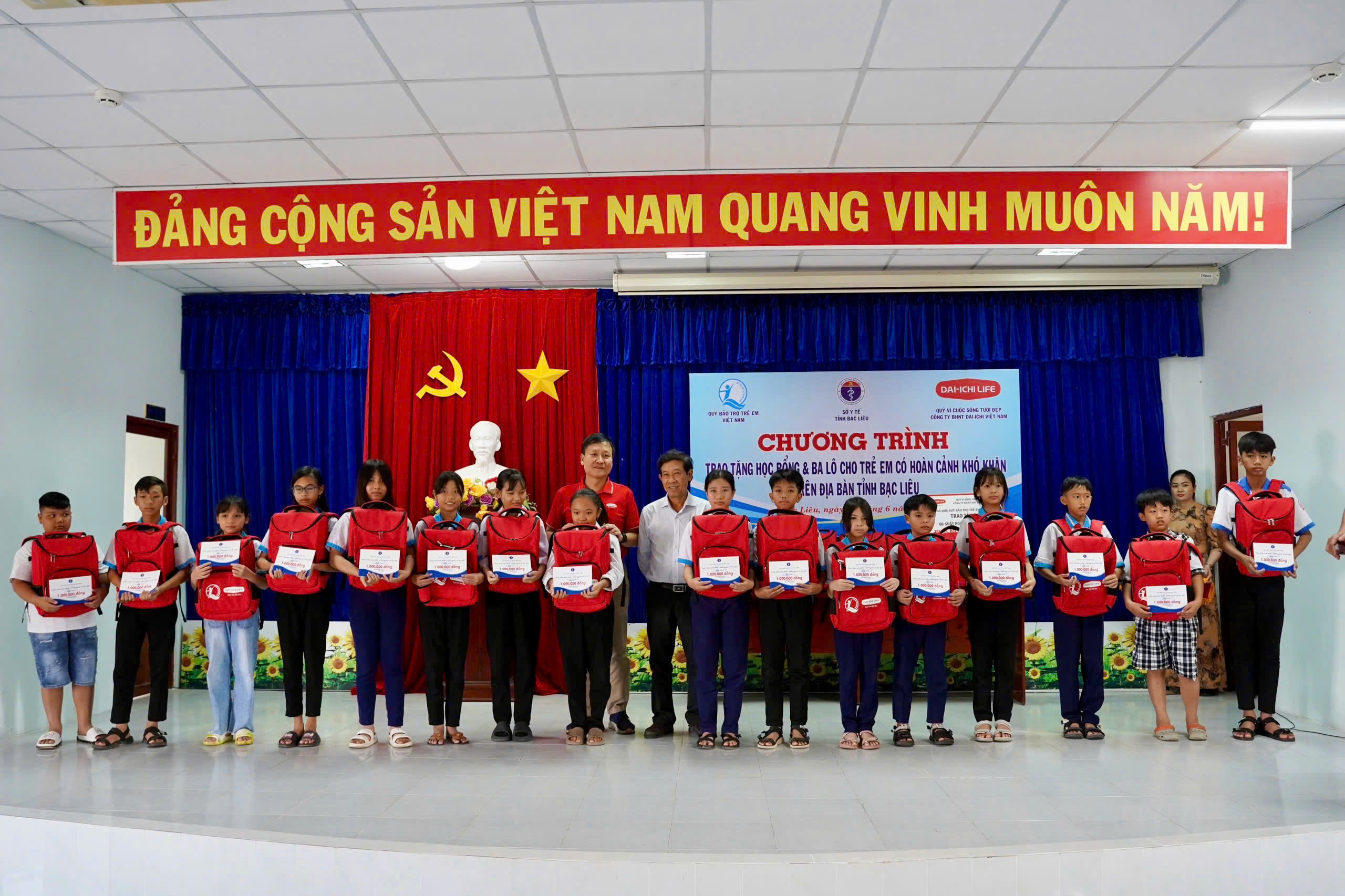
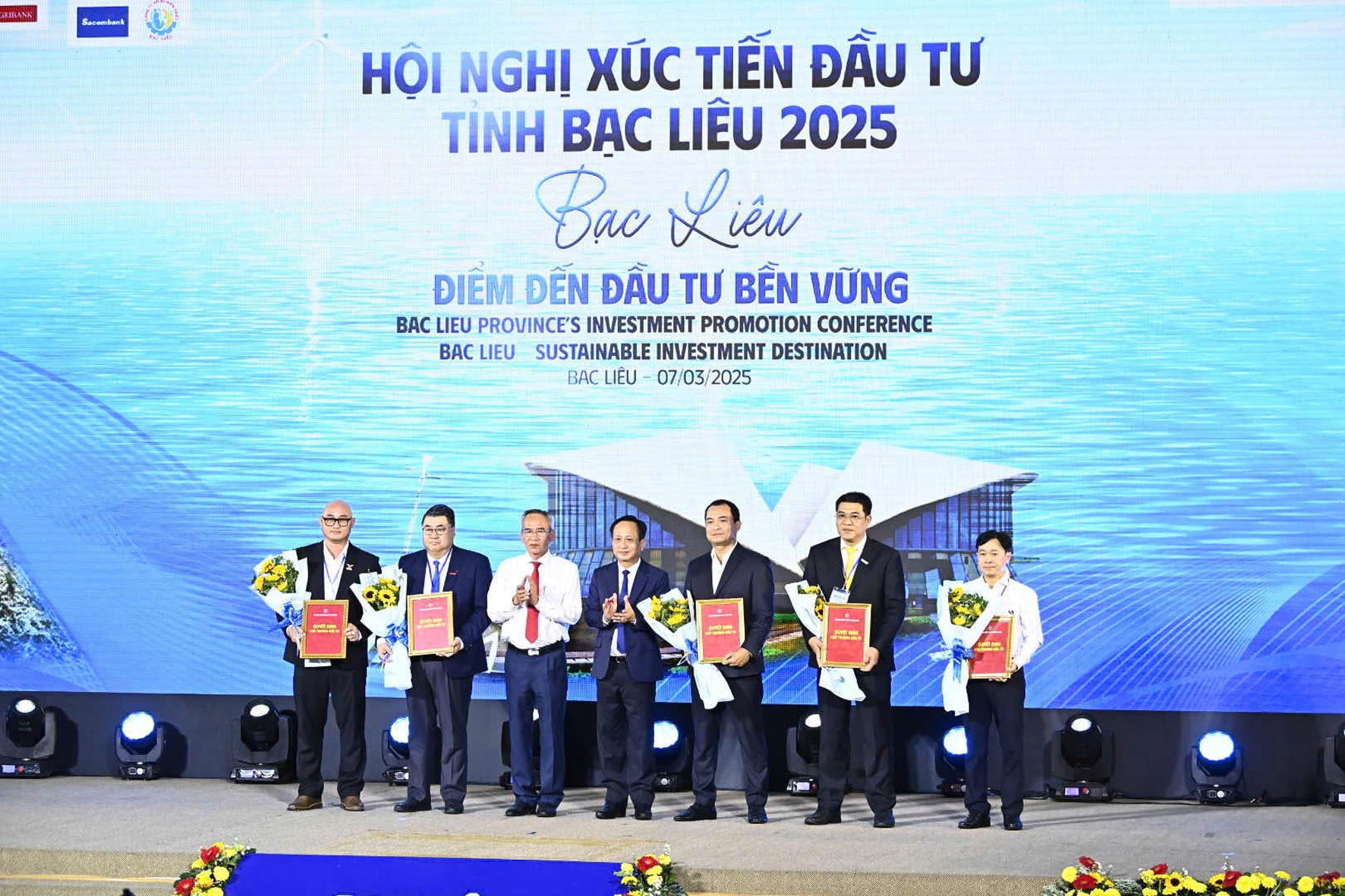




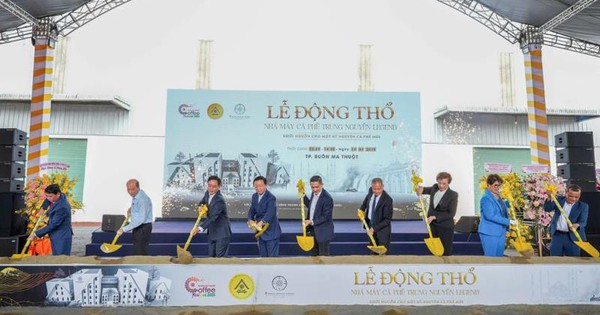
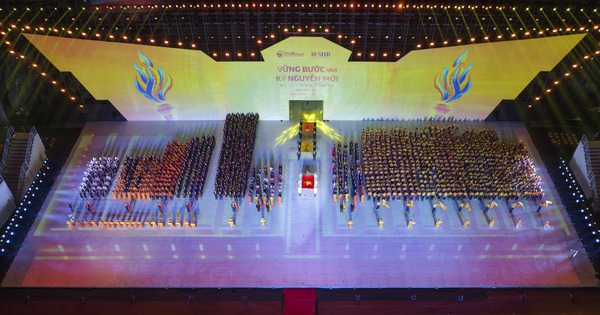




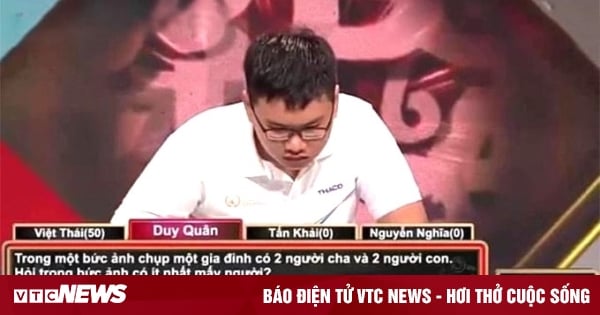
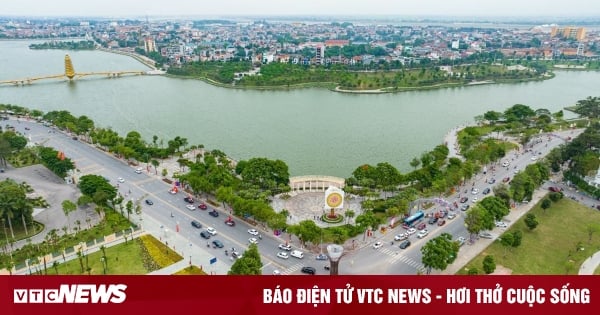
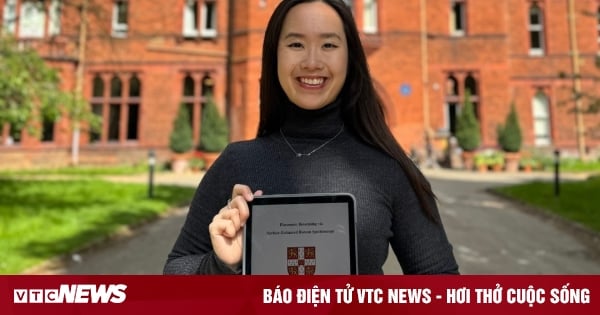


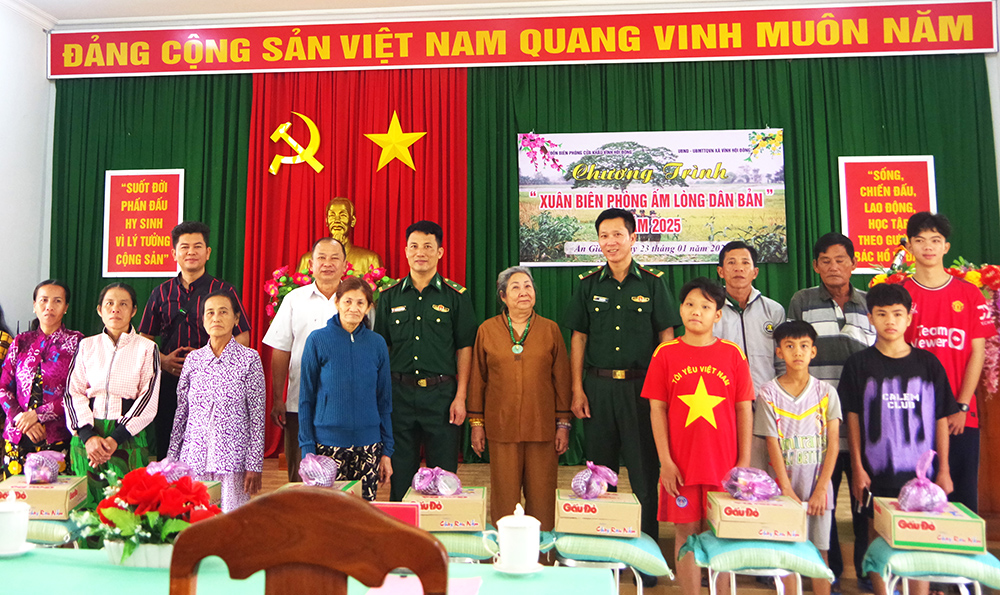

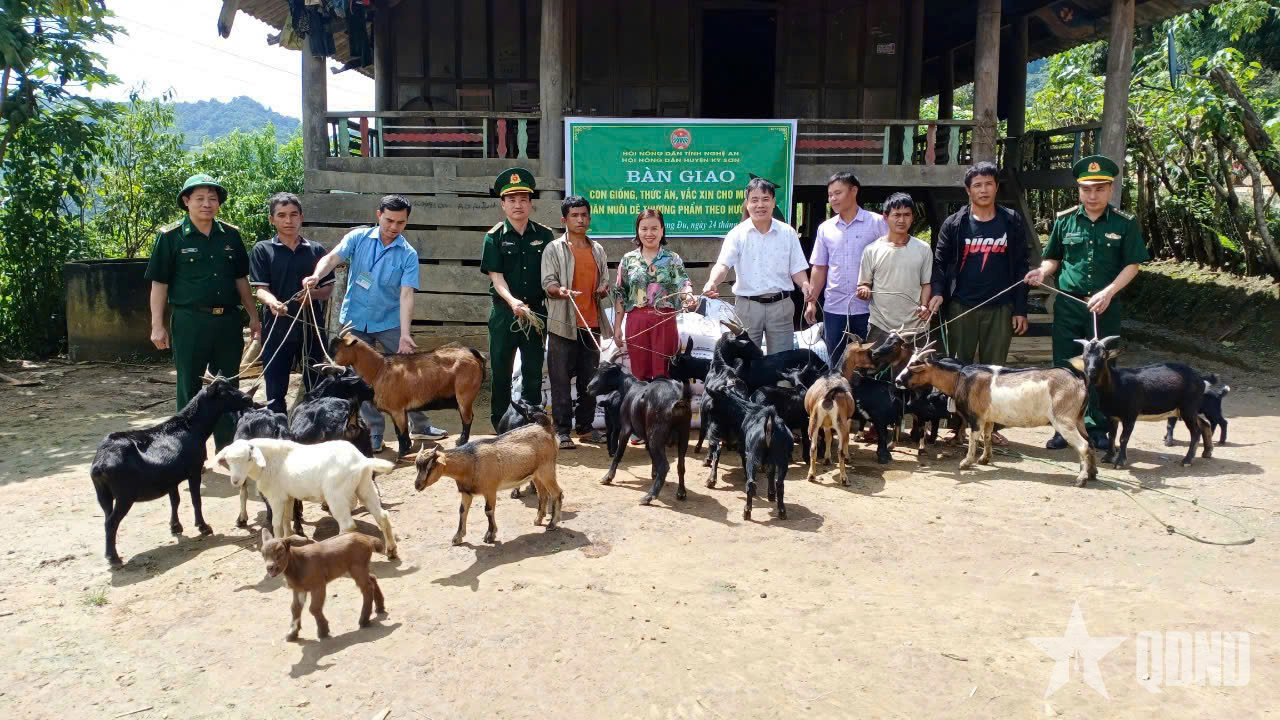

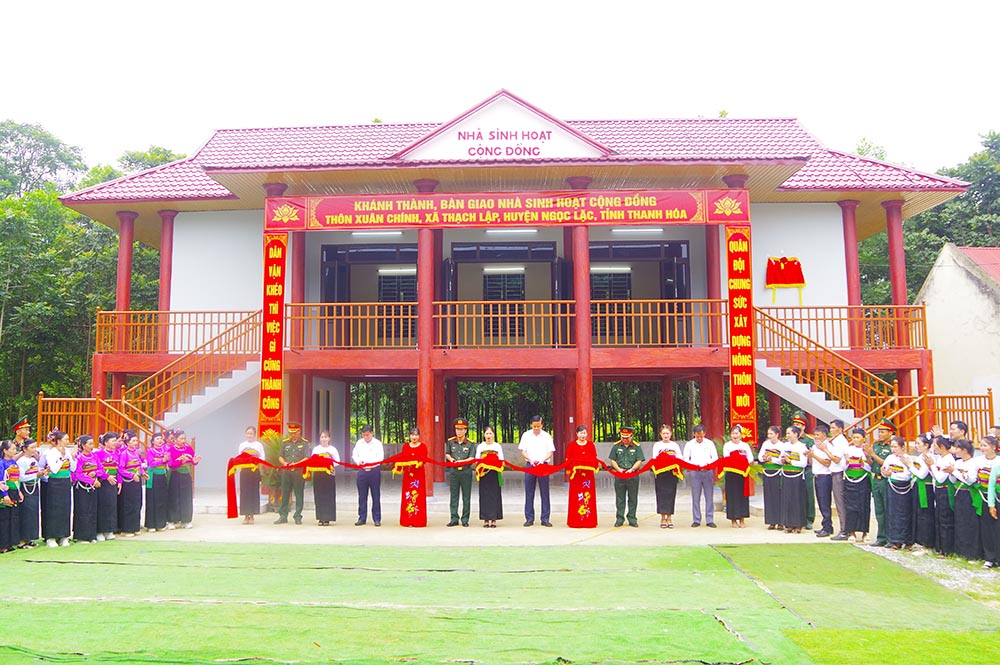
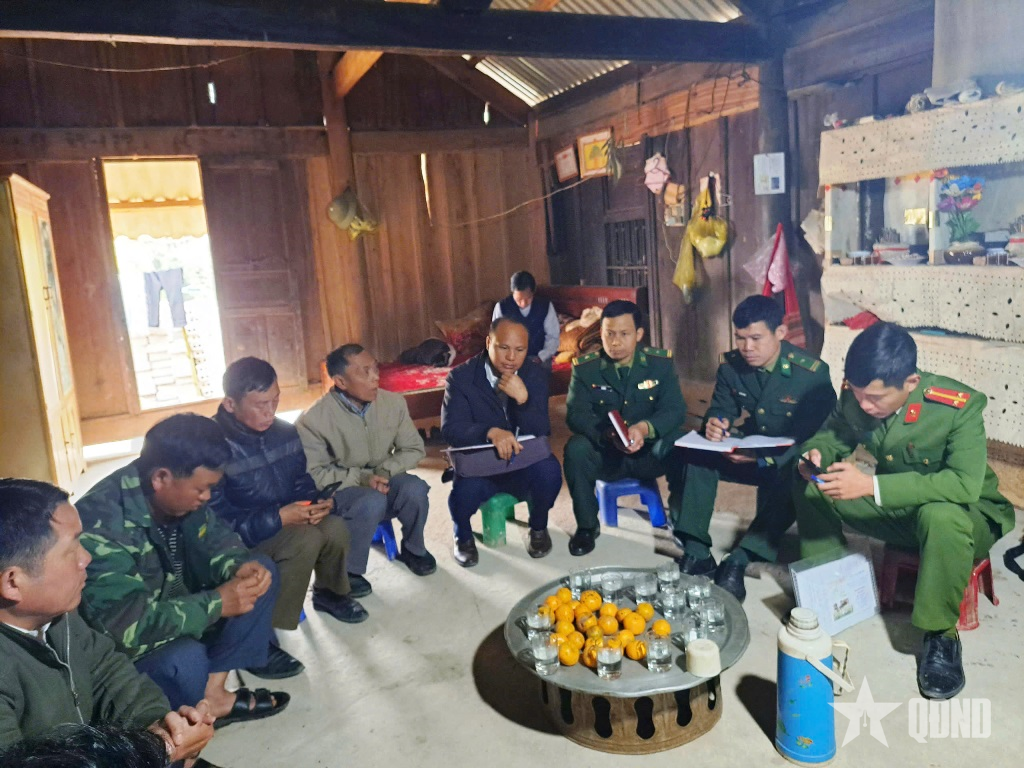



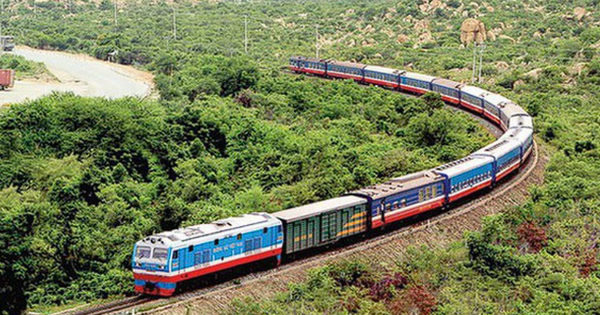
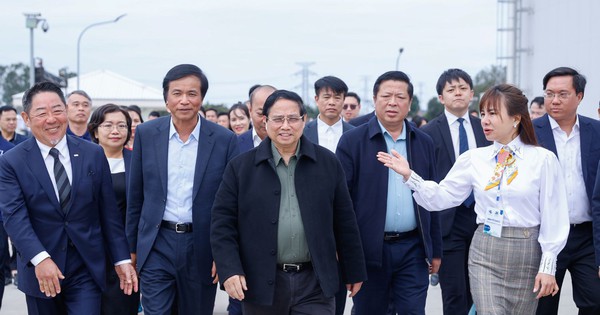
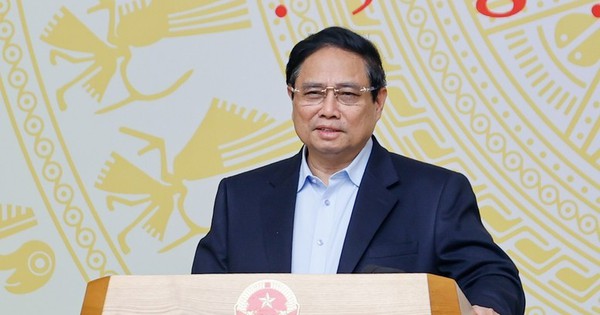
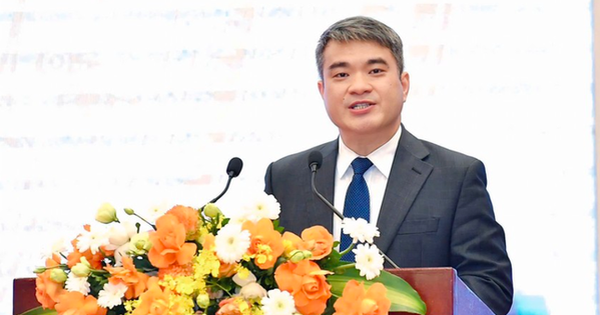

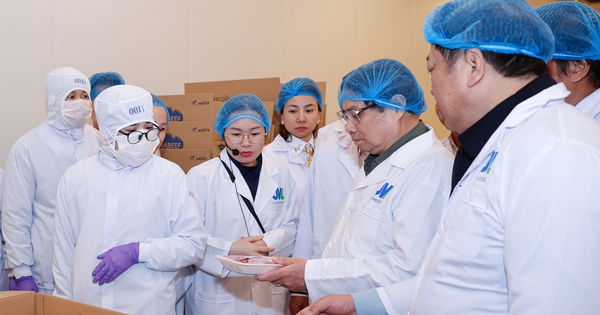

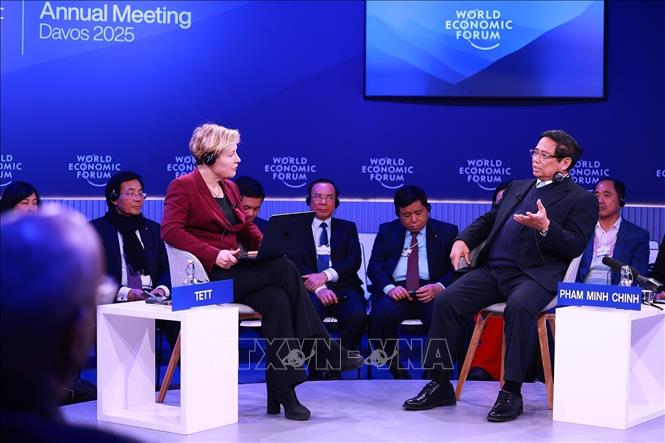
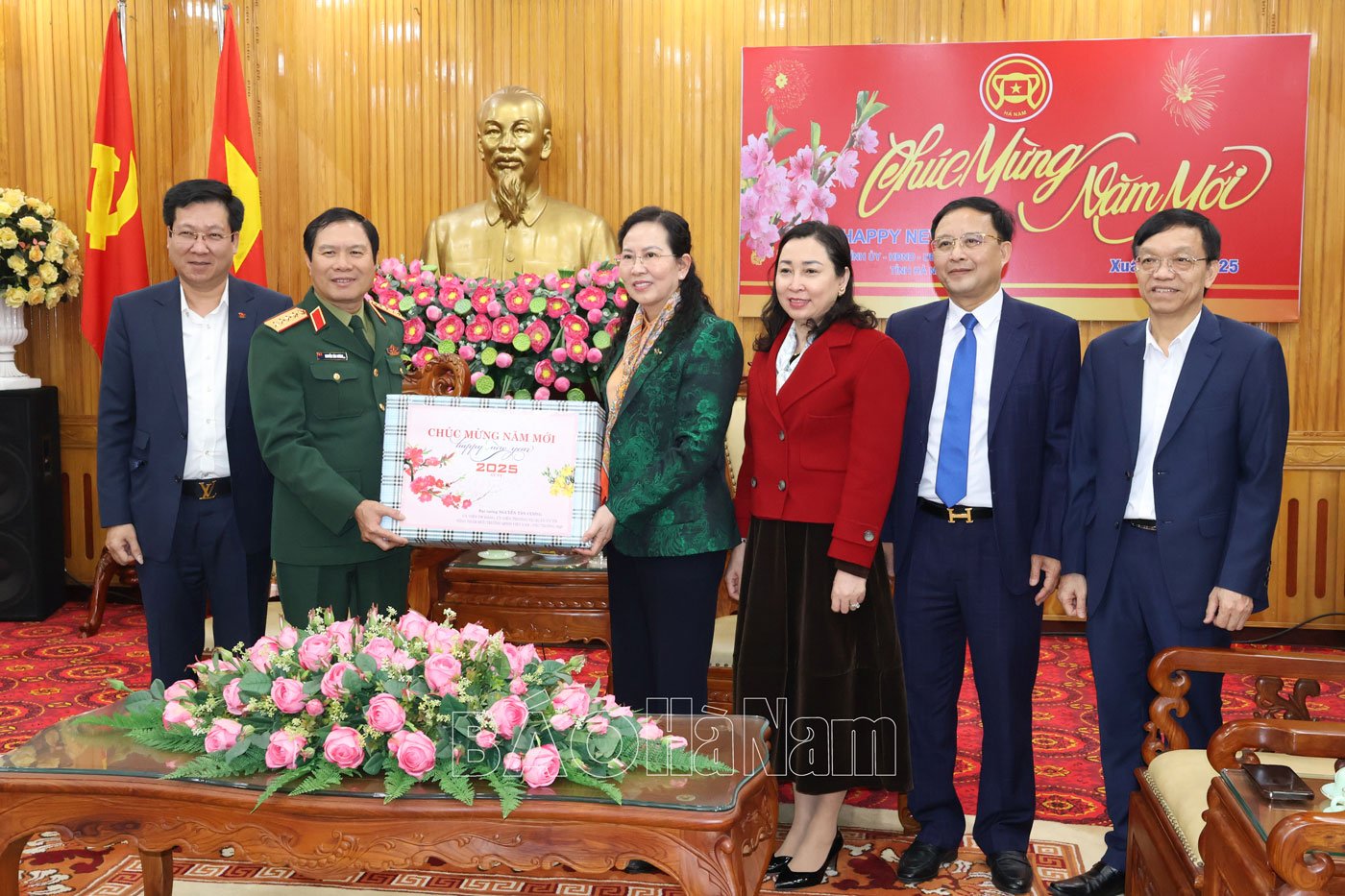
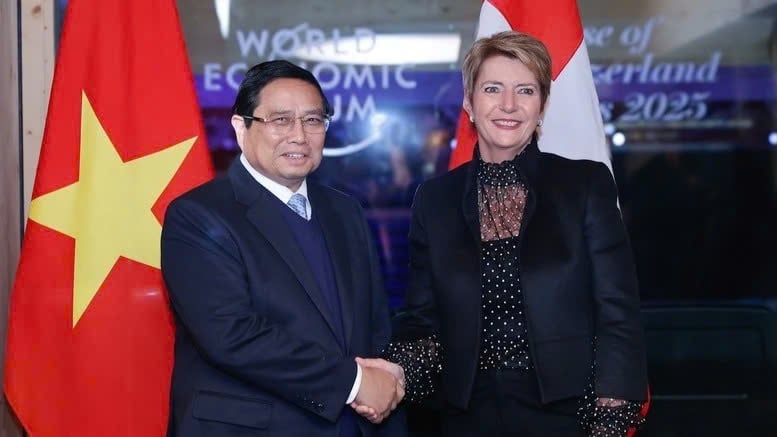

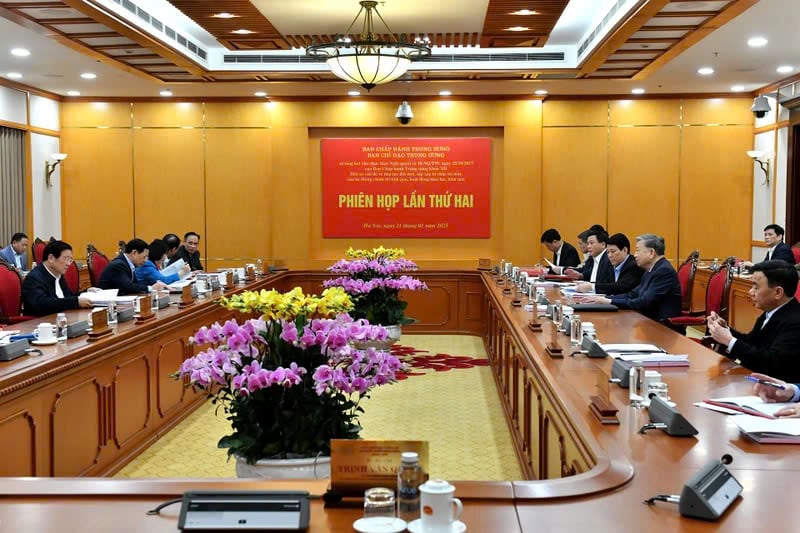


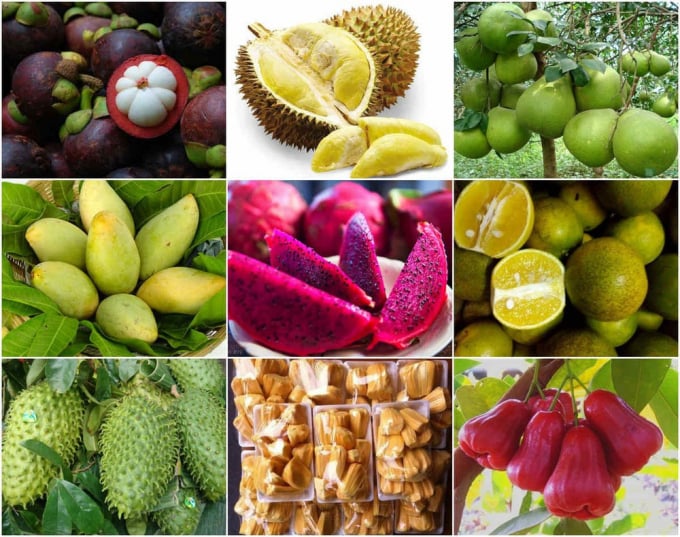


Comment (0)